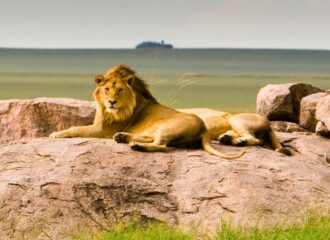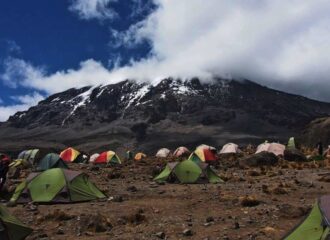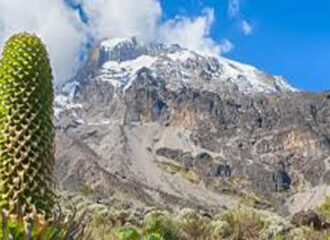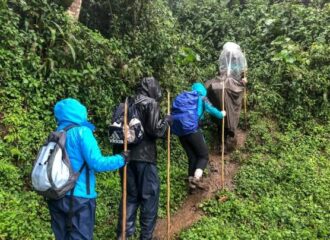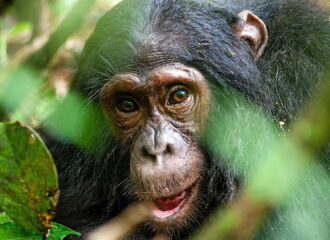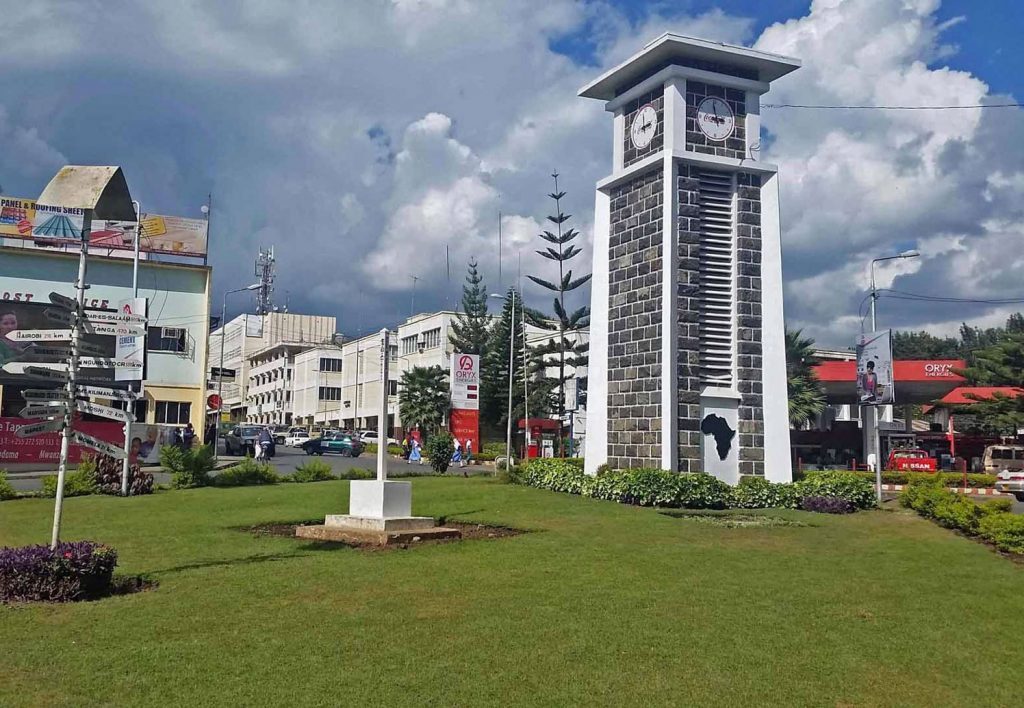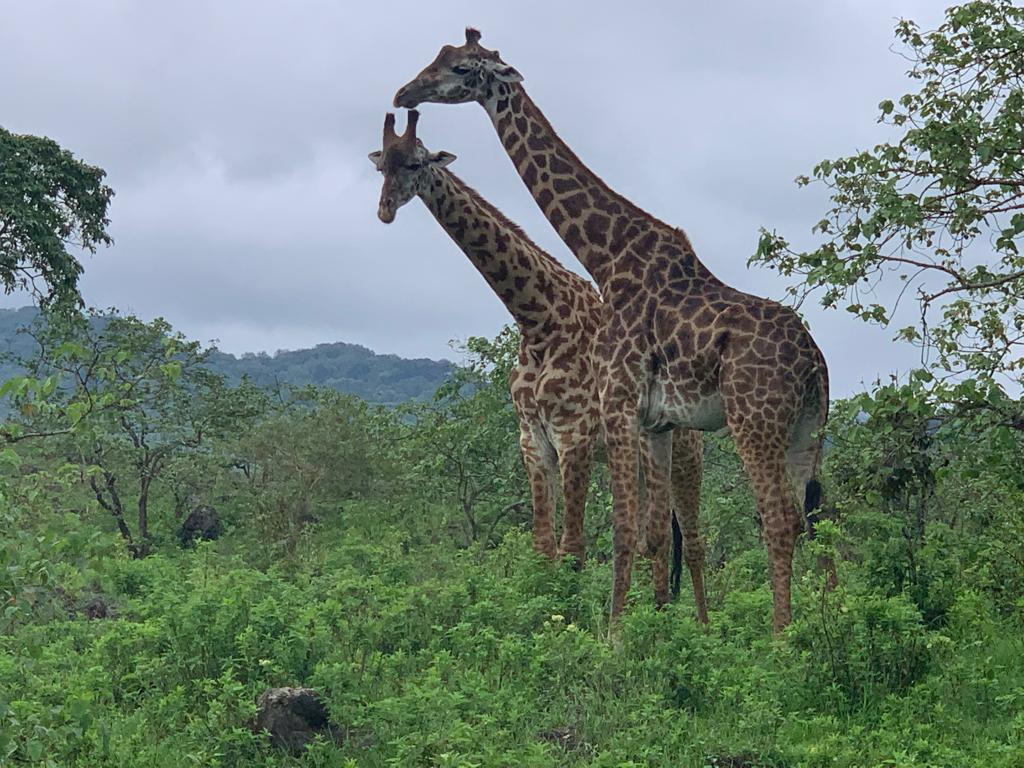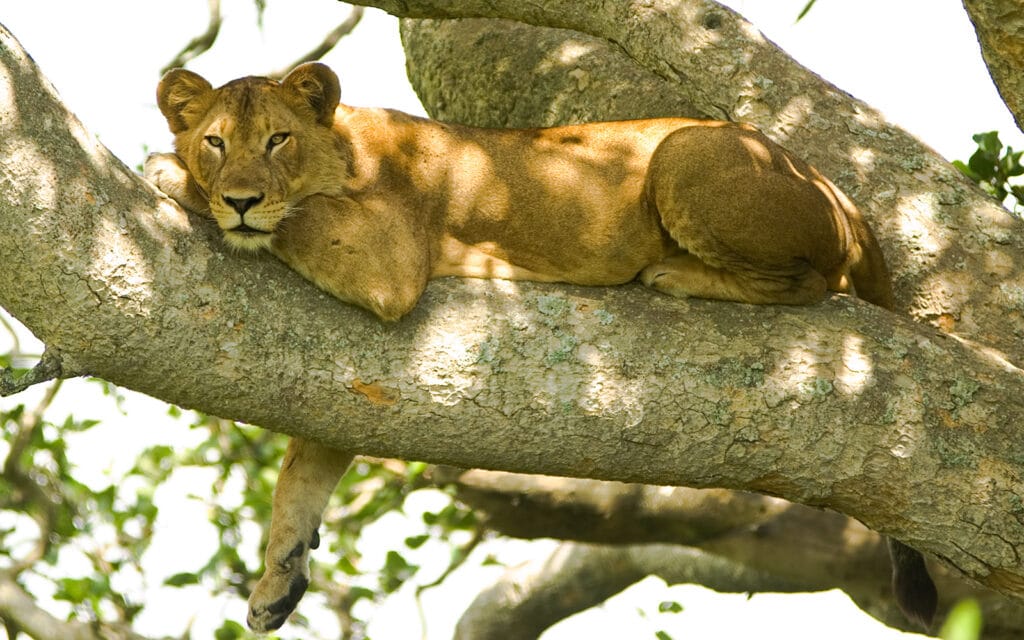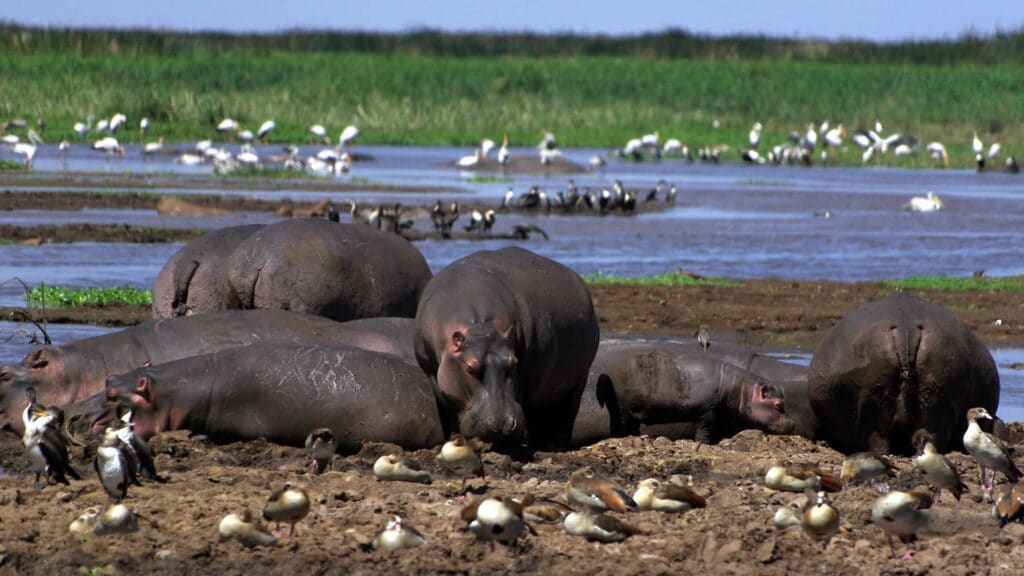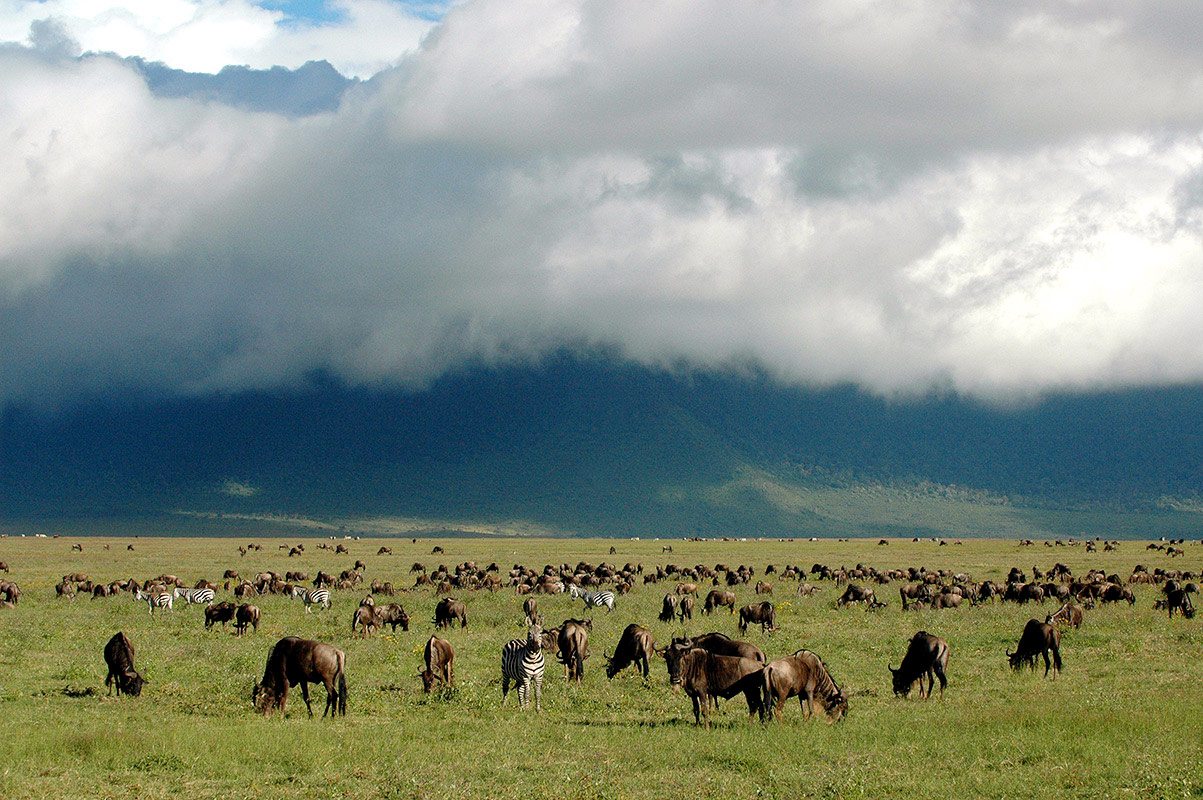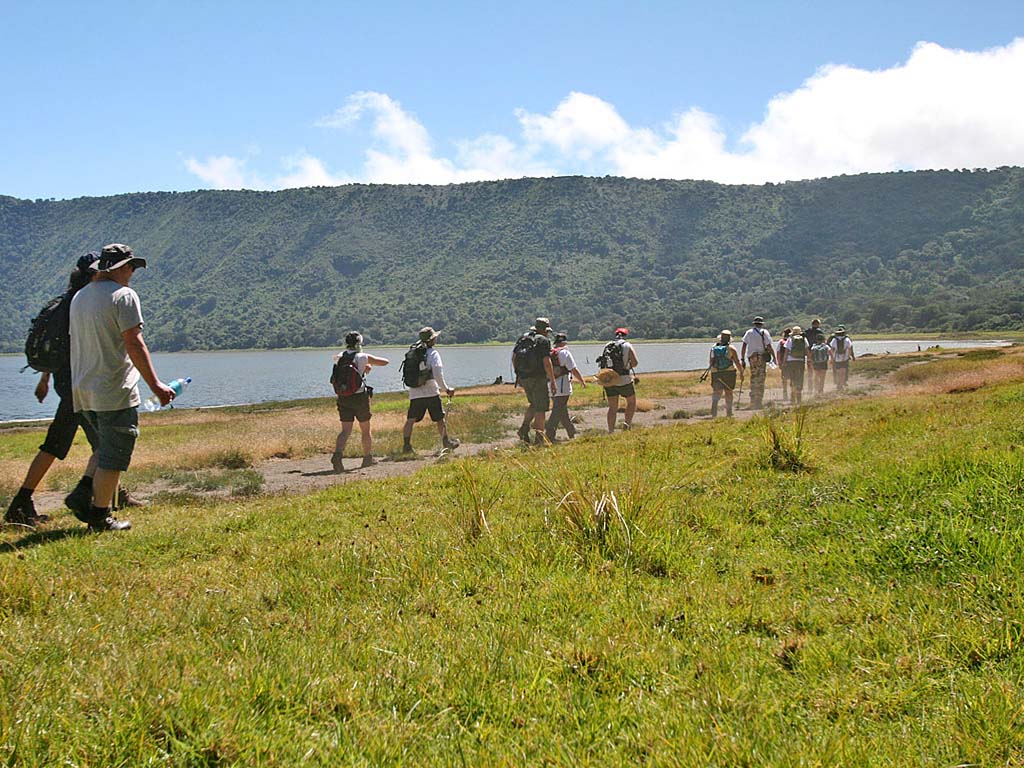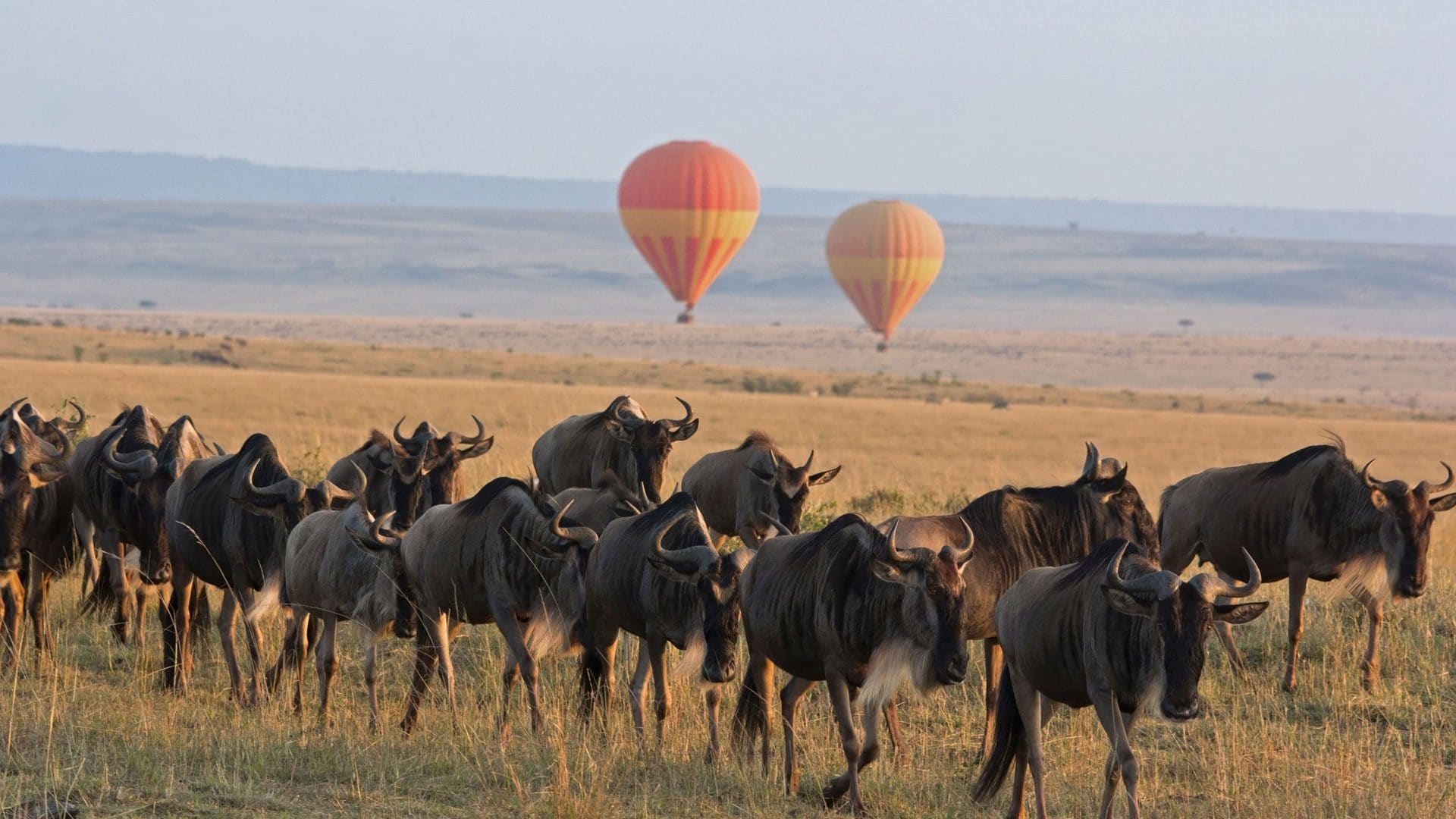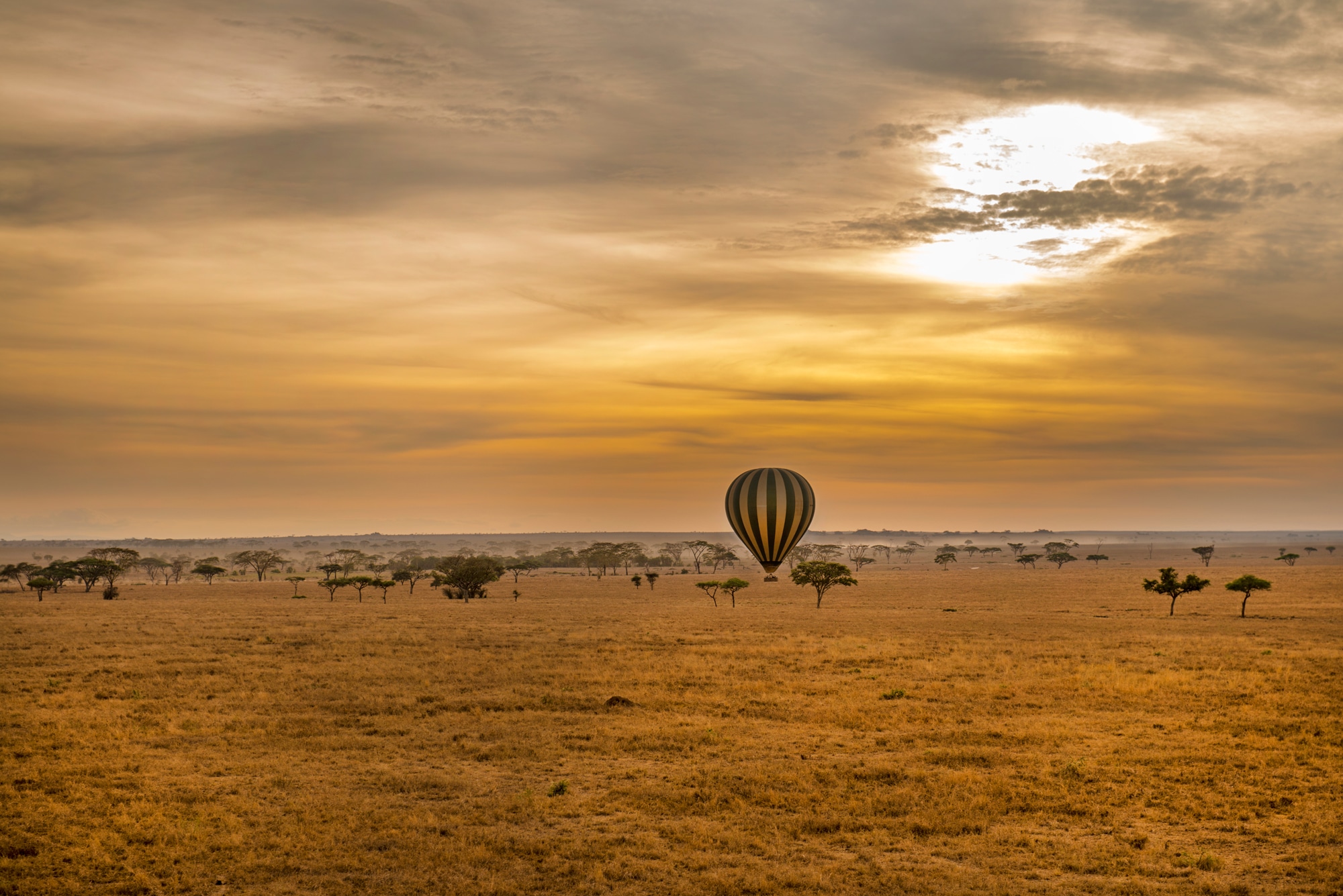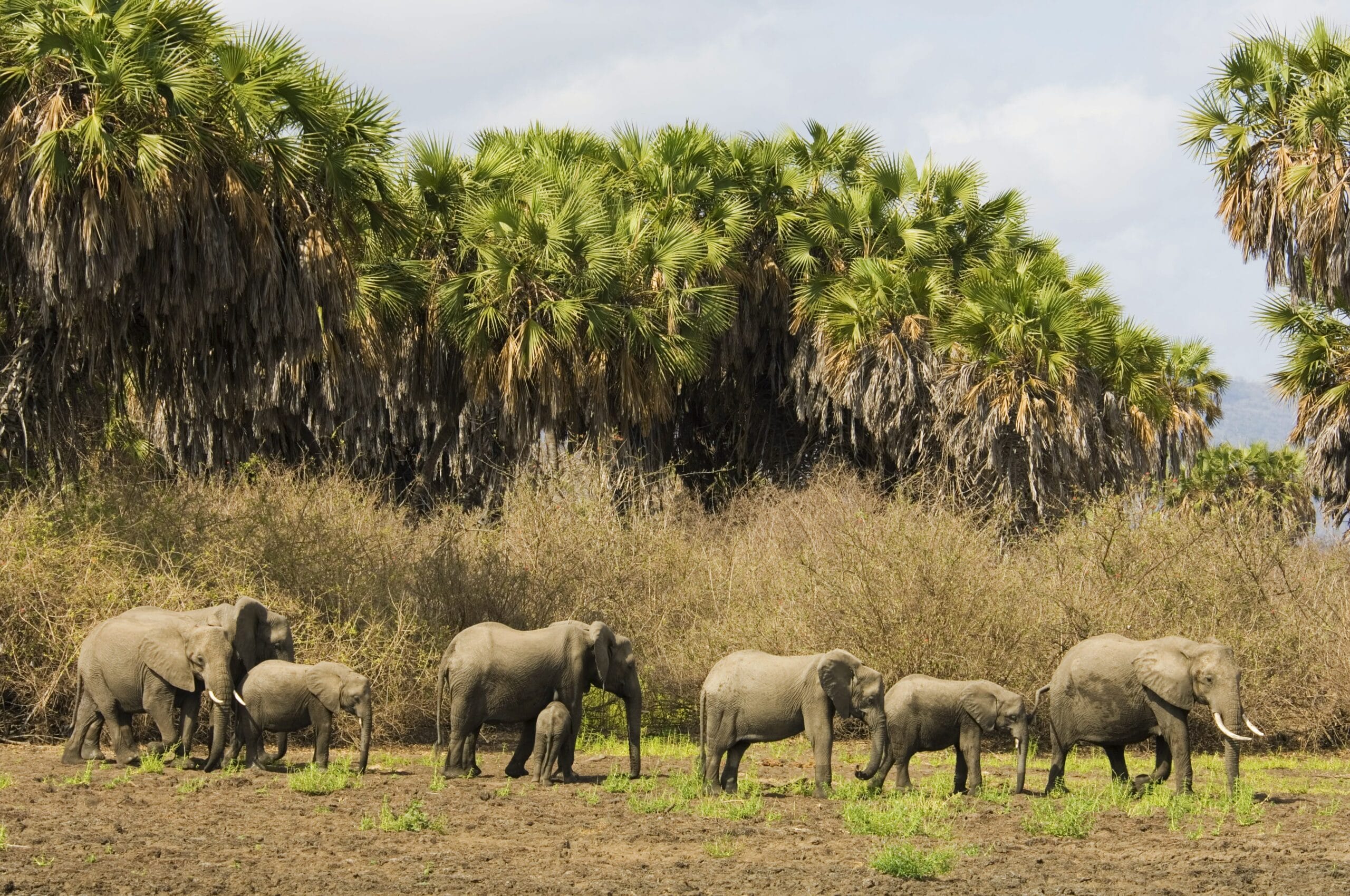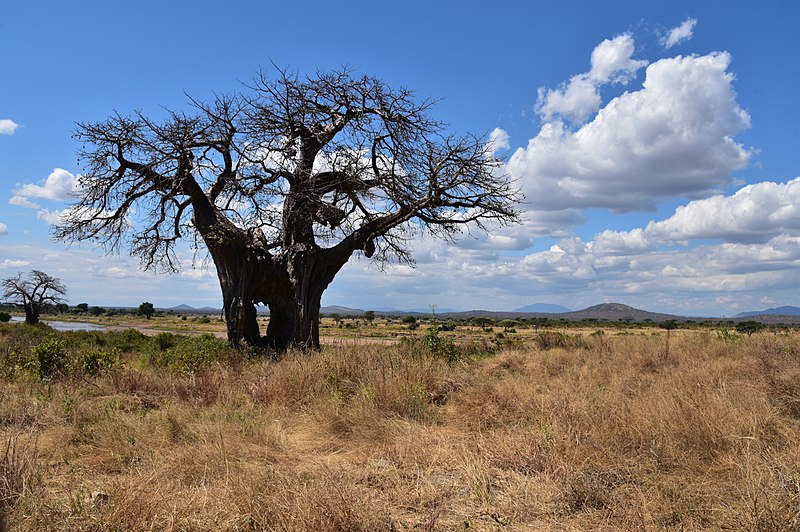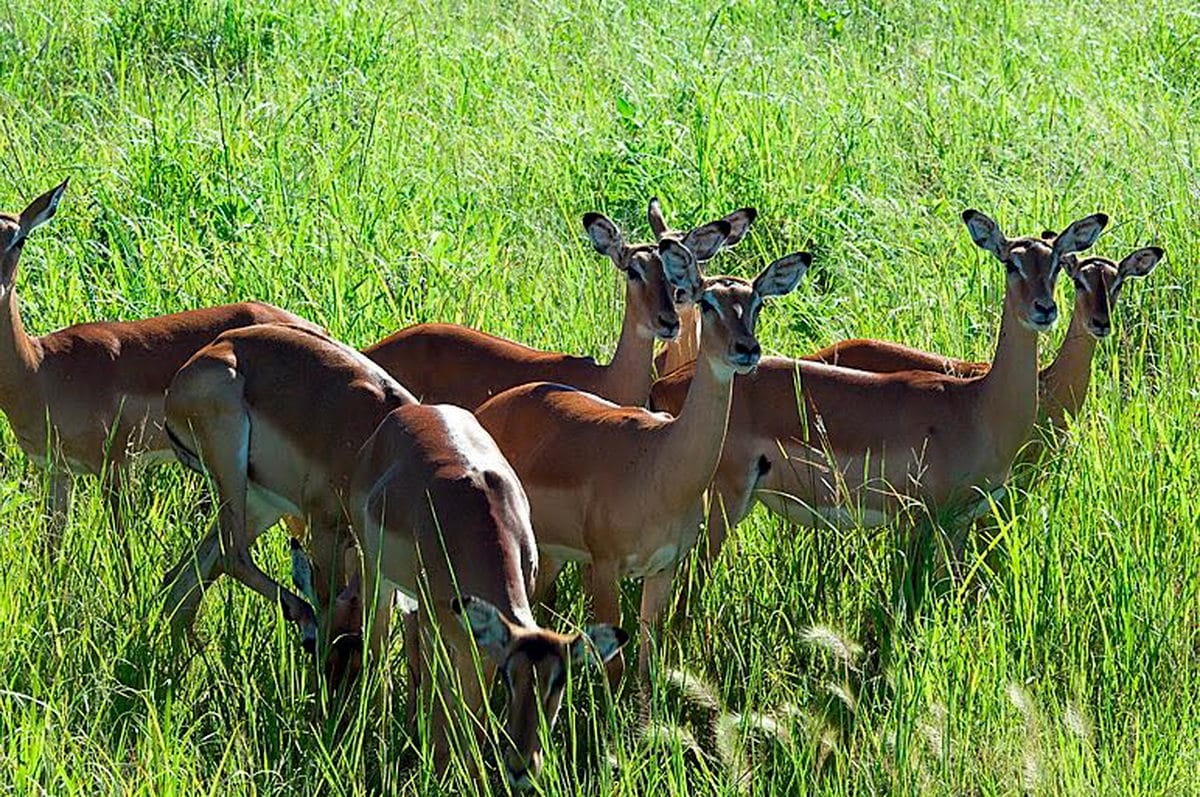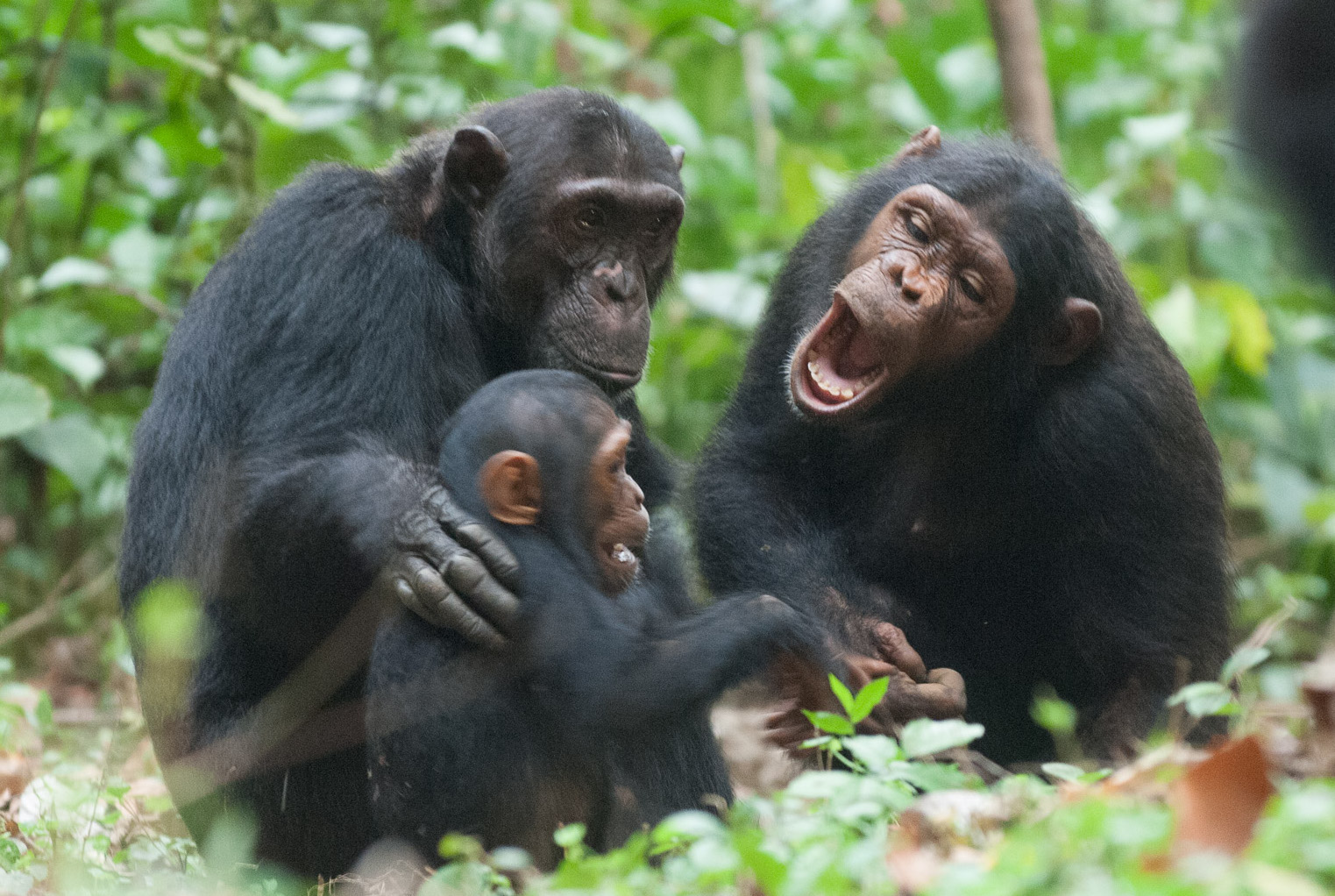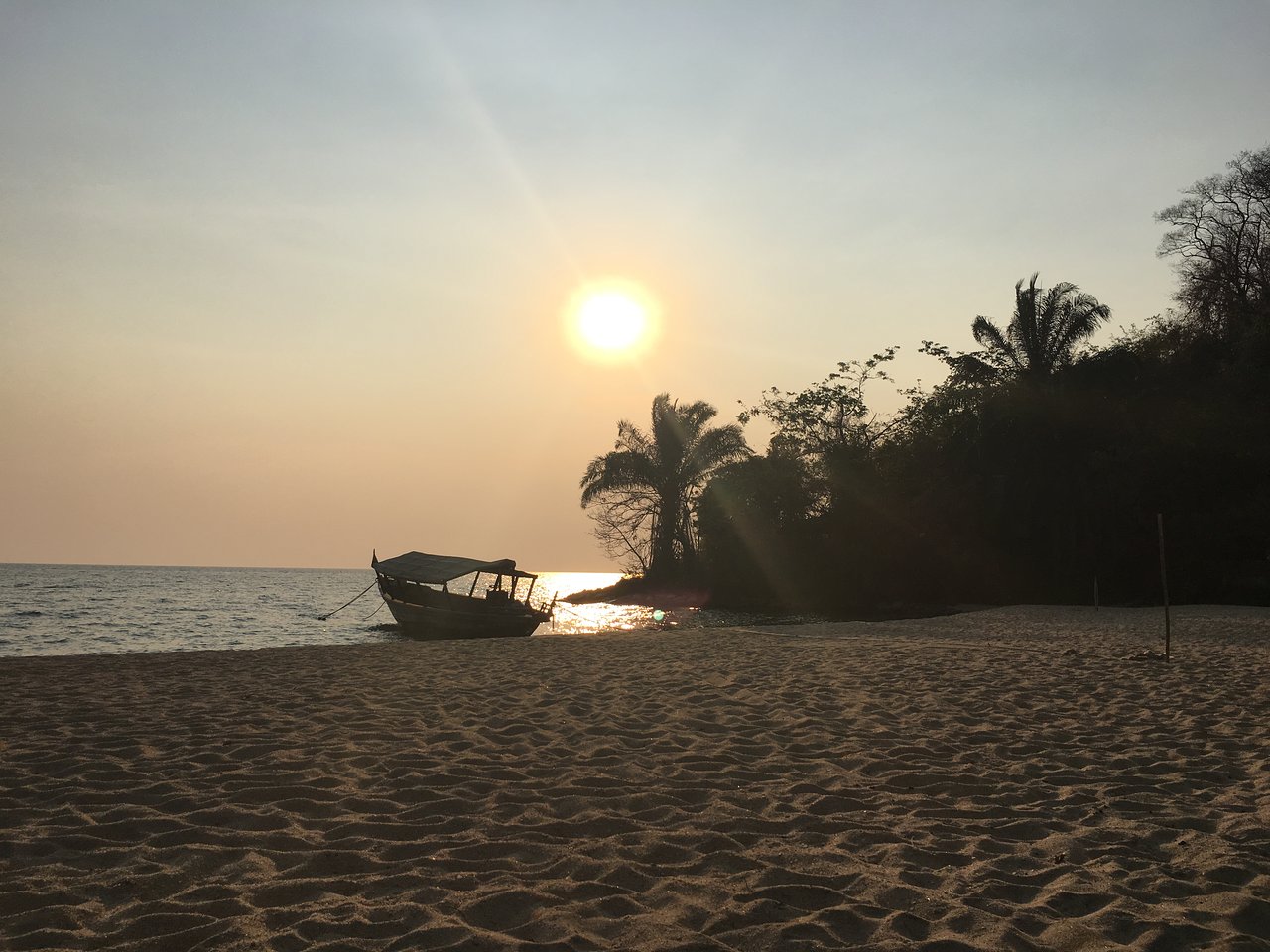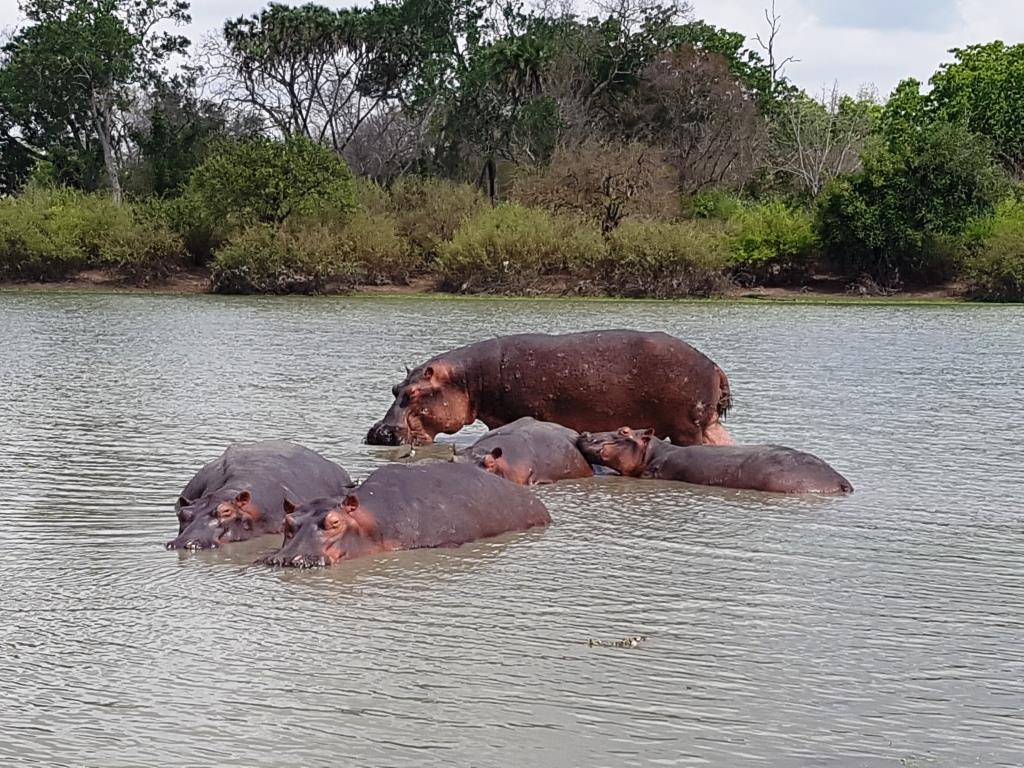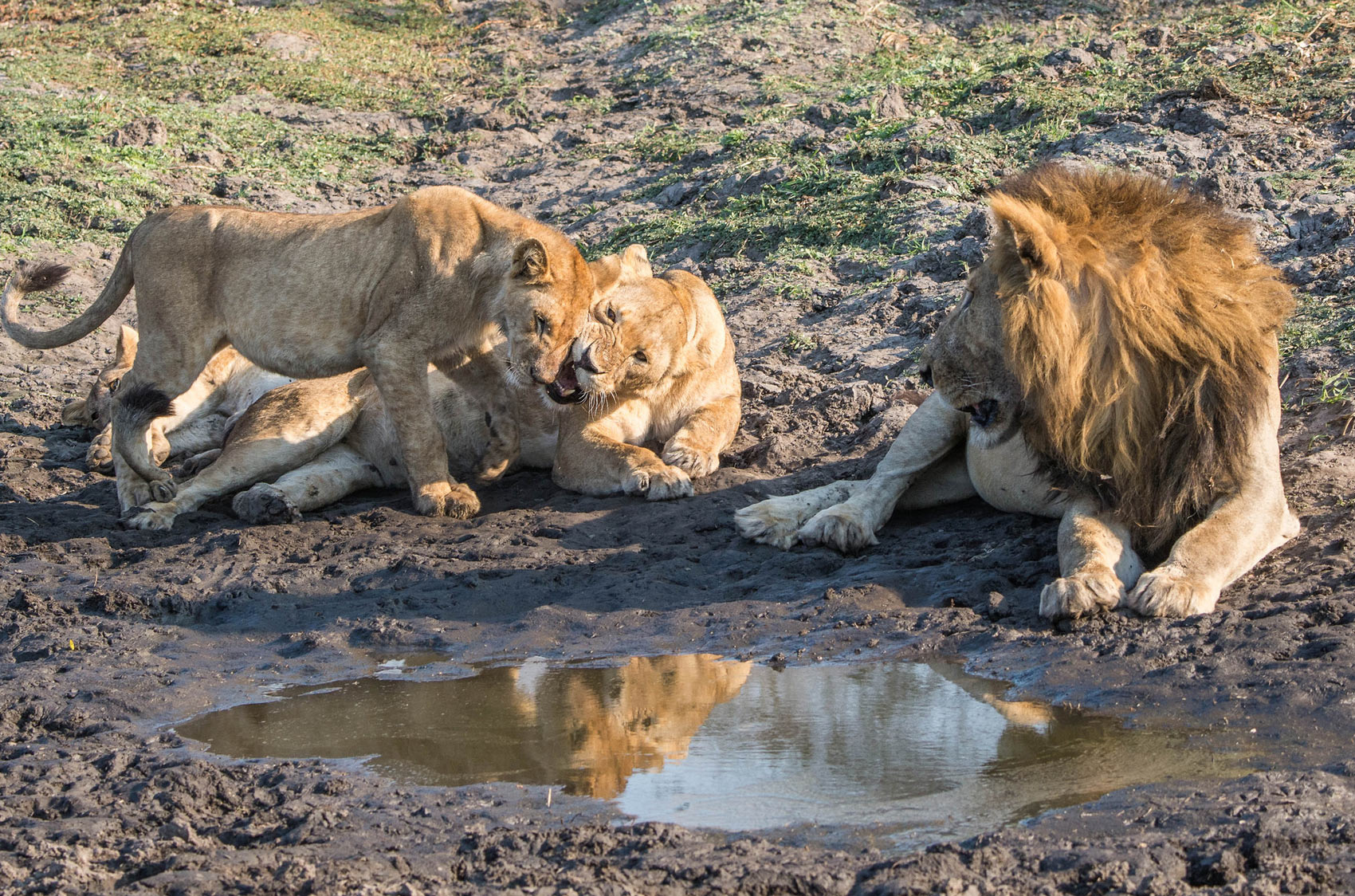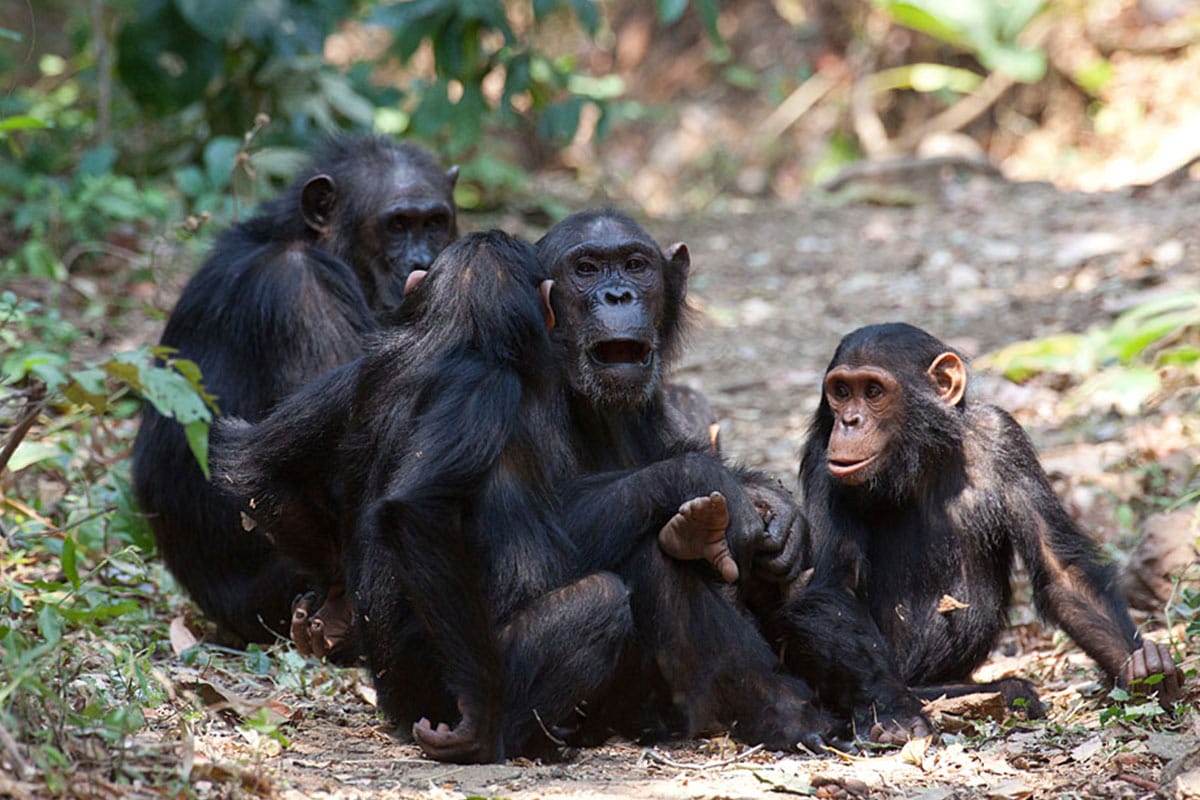
- HOME
- ABOUT US
INSTYE AFRICA SAFARIS
You are in great hands when you travel with Instyle Africa Safaris. We focus on providing the best travelling experience at an affordable price. So jump on board, seize the adventure, live our passion and we are certain you will come back to join us again. - SAFARIS & TOURS
TANZANIA POPULAR PACKAGES
7 Days - Tanzania Safari /northern circuit on wheels
(All year around)
8 Days - Tanzania Safari in Style
(all year round)
8 Days - Customized Southern Tanzania Safari
(all year round)
SPECIAL PACKAGE
Tailor Made Safaris?
We will gladly tailor-make your individual travel arrangements as per your wishes and ideas.
- MOUNT KILIMANJARO
TREKKING ROUTES
mORE INFORMATION ABOUT KILIMANJARO
Everything you need to know about climbing Kilimanjaro on the best routes with the best crew, at the best prices.
- DESTINATIONS
- CONTACTS

- HOME
- ABOUT US
INSTYE AFRICA SAFARIS
You are in great hands when you travel with Instyle Africa Safaris. We focus on providing the best travelling experience at an affordable price. So jump on board, seize the adventure, live our passion and we are certain you will come back to join us again. - SAFARIS & TOURS
TANZANIA POPULAR PACKAGES
7 Days - Tanzania Safari /northern circuit on wheels
(All year around)
8 Days - Tanzania Safari in Style
(all year round)
8 Days - Customized Southern Tanzania Safari
(all year round)
SPECIAL PACKAGE
Tailor Made Safaris?
We will gladly tailor-make your individual travel arrangements as per your wishes and ideas.
- MOUNT KILIMANJARO
TREKKING ROUTES
mORE INFORMATION ABOUT KILIMANJARO
Everything you need to know about climbing Kilimanjaro on the best routes with the best crew, at the best prices.
- DESTINATIONS
- CONTACTS




